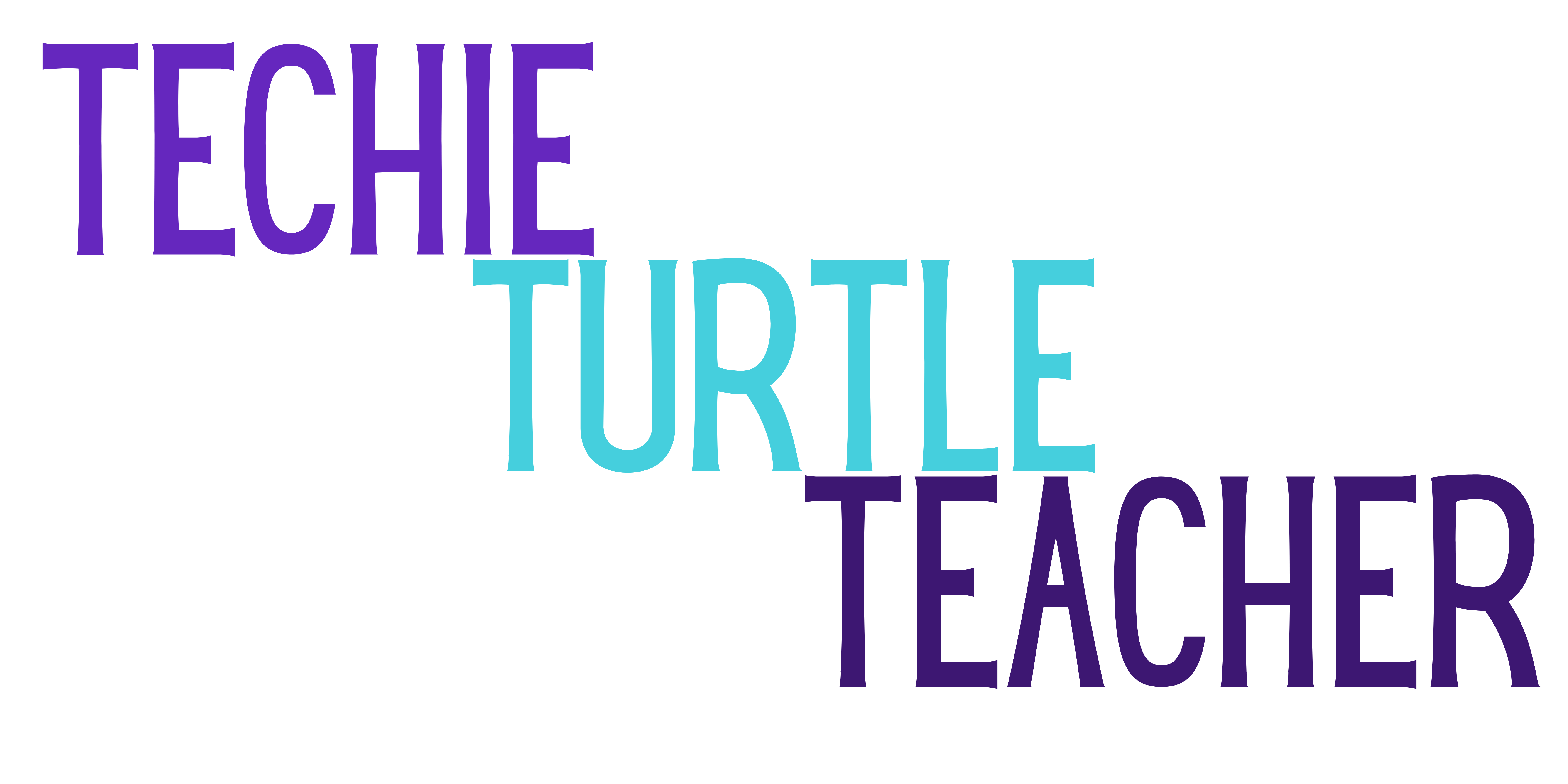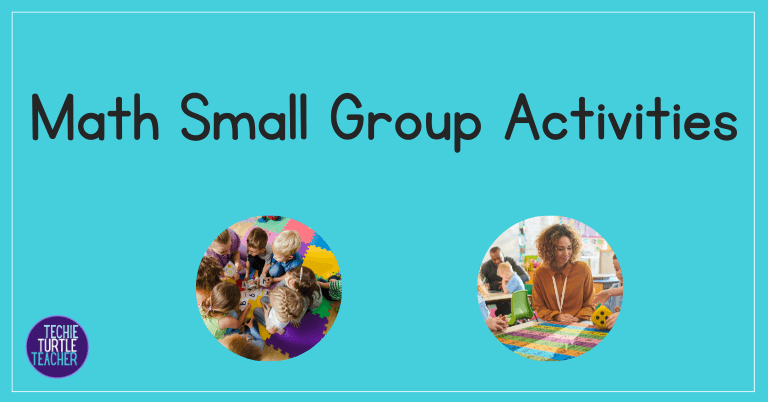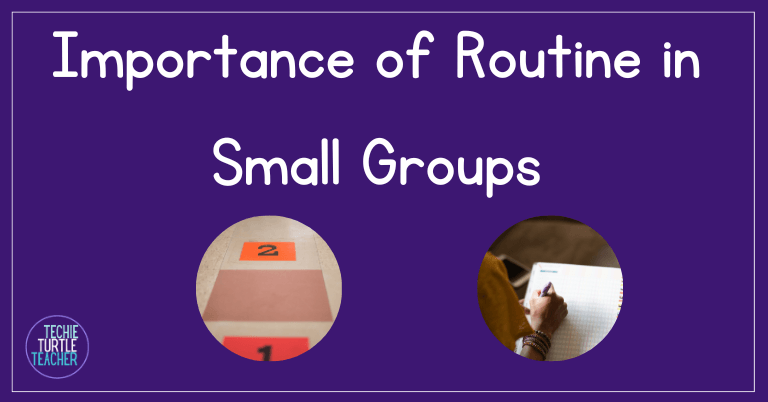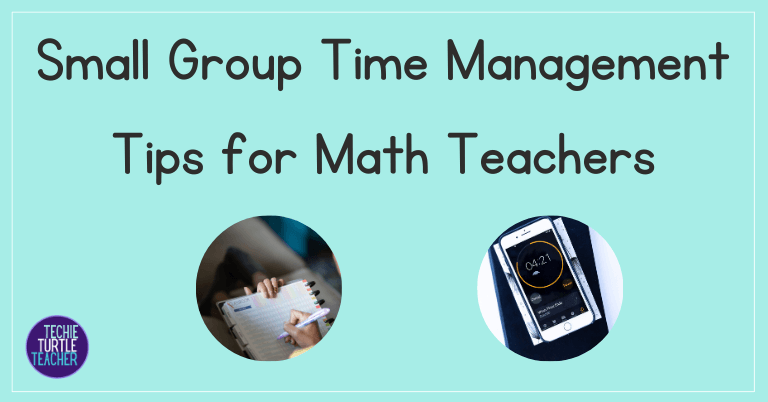Model Small Group Routines
Before you begin the rewarding process of small group instruction, picture a classroom where every student understands what to do, how to behave, and where to find their materials without needing constant guidance.
You will get this when you model small group routines and expectations.
As teachers, we’ve all felt that unsettling uncertainty, unsure of which rules and expectations will create a smooth and effective learning environment.
The frustration and overwhelm can be immense, especially with the endless demands on our time.
But imagine the relief and joy of seeing your small groups function seamlessly because you spent a bit of time upfront establishing clear, consistent routines.
This preparation turns your classroom into a place where you can focus on what you love most: teaching and connecting with your students.
Small Group Math Instruction Expectations
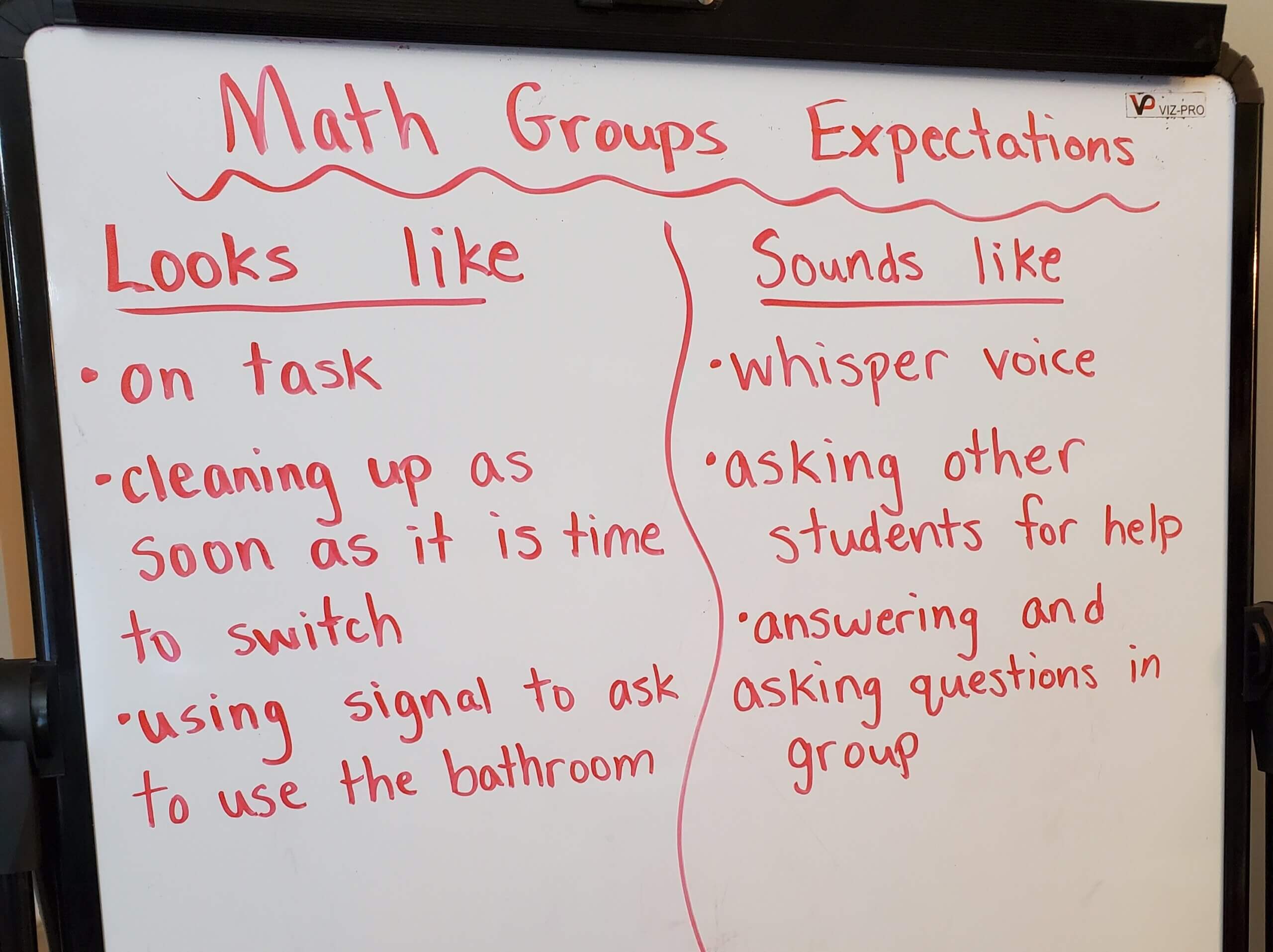
Expectations will vary depending on the class, but here are some important things to think about:
- What happens when students need to use the bathroom? Establish a silent signal or a pass system so students can leave without disrupting the group.
- How will students know it is time to clean up and switch to the next group? Use a timer or a specific song that signals transition time.
- Where will students find their materials? Designate a specific spot for materials to avoid confusion and time wasted searching.
- Are students allowed to use the pencil sharpener at this time? Consider having a “sharp and dull” pencil cup to minimize disruptions.
- What is the expectation around noise level for independent students and students in your group? Create a noise level chart and practice what appropriate noise levels sound like.
Once you’ve decided on these important routines and procedures, spend time discussing these with your students.
You can make a chart of what it looks like and sounds like during small group time.
This will cover many of the ideas discussed above.
Now Comes the Fun Part – Modeling!
When you model small group routines and expectations, it sets your students up for success.
Give students a chance to model the right way and the wrong way to work independently and rotate through their groups.
For example, when teaching addition and subtraction, have one group work independently on addition problems while another group works with you on subtraction strategies.
Model how to quietly ask a peer for help if they get stuck and how to neatly put away their materials when finished.
Students love having permission to do the wrong thing.
Make sure the same student does it the correct way after doing it wrong to help with their muscle memory.
For instance, if a student loudly interrupts your group to ask where the counting bears are, have them redo it by raising their hand or using a predetermined signal instead.
After students model the right and wrong way, discuss what they did right and what they did wrong.
Then give all students the chance to practice doing it the right way.
Make sure you point out what the class did correctly and praise them for it.
For example, “I noticed everyone remembered to put their place value blocks back in the correct bin – great job!”
Continue practicing until you are confident your students know what to do and will do it correctly when you are working in small groups.
Don’t be afraid to come back to this step throughout the year if your students start to struggle with being independent during small group time.
Regularly revisiting expectations can help reinforce them and address any issues that arise.
The Impact of Independent Students
Independent students help you feel successful with your small group math instruction.
When students are engaged in activities like telling time or skip counting without needing constant guidance, you can focus on providing targeted instruction to small groups.
This not only improves their math skills but also fosters a sense of responsibility and independence in your classroom.
Taking the time to establish and practice these routines might feel like a significant effort at the start, but it creates a structured and efficient learning environment.
This investment ensures that both you and your students can maximize the benefits of small group instruction throughout the year.
Grab the Small Groups Activity Guide
Practice modeling these routines and expectations with the activity ideas in this small groups activity guide.
Pin this to Pinterest for later

